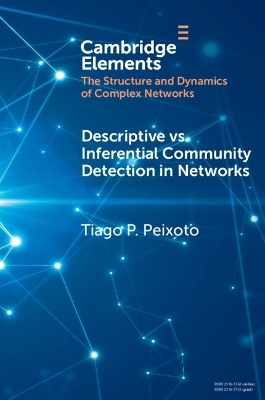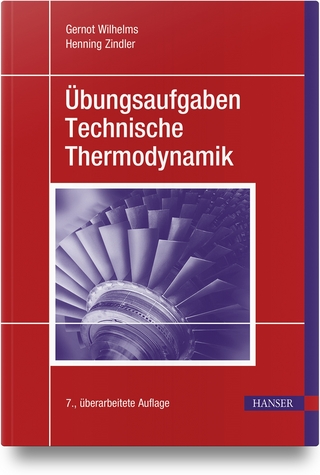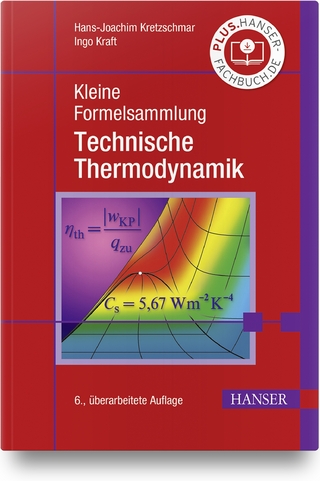
Descriptive vs. Inferential Community Detection in Networks
Pitfalls, Myths and Half-Truths
Seiten
2023
Cambridge University Press (Verlag)
978-1-009-11300-7 (ISBN)
Cambridge University Press (Verlag)
978-1-009-11300-7 (ISBN)
Community detection is one of the most important methodological fields of network science, and one which has attracted a significant amount of attention over the past decades. This Element closes the gap between the state-of-the-art in community detection on networks and the methods actually used in practice.
Community detection is one of the most important methodological fields of network science, and one which has attracted a significant amount of attention over the past decades. This area deals with the automated division of a network into fundamental building blocks, with the objective of providing a summary of its large-scale structure. Despite its importance and widespread adoption, there is a noticeable gap between what is arguably the state-of-the-art and the methods which are actually used in practice in a variety of fields. The Elements attempts to address this discrepancy by dividing existing methods according to whether they have a 'descriptive' or an 'inferential' goal. While descriptive methods find patterns in networks based on context-dependent notions of community structure, inferential methods articulate a precise generative model, and attempt to fit it to data. In this way, they are able to provide insights into formation mechanisms and separate structure from noise. This title is also available as open access on Cambridge Core.
Community detection is one of the most important methodological fields of network science, and one which has attracted a significant amount of attention over the past decades. This area deals with the automated division of a network into fundamental building blocks, with the objective of providing a summary of its large-scale structure. Despite its importance and widespread adoption, there is a noticeable gap between what is arguably the state-of-the-art and the methods which are actually used in practice in a variety of fields. The Elements attempts to address this discrepancy by dividing existing methods according to whether they have a 'descriptive' or an 'inferential' goal. While descriptive methods find patterns in networks based on context-dependent notions of community structure, inferential methods articulate a precise generative model, and attempt to fit it to data. In this way, they are able to provide insights into formation mechanisms and separate structure from noise. This title is also available as open access on Cambridge Core.
1. Introduction; 2. Descriptive vs. inferential community detection; 3. Modularity maximization considered harmful; 4. Myths, pitfalls, and half-truths; 5. Conclusion; References.
| Erscheinungsdatum | 02.08.2023 |
|---|---|
| Reihe/Serie | Elements in the Structure and Dynamics of Complex Networks |
| Zusatzinfo | Worked examples or Exercises |
| Verlagsort | Cambridge |
| Sprache | englisch |
| Maße | 152 x 229 mm |
| Gewicht | 135 g |
| Themenwelt | Naturwissenschaften ► Physik / Astronomie ► Thermodynamik |
| ISBN-10 | 1-009-11300-3 / 1009113003 |
| ISBN-13 | 978-1-009-11300-7 / 9781009113007 |
| Zustand | Neuware |
| Haben Sie eine Frage zum Produkt? |
Mehr entdecken
aus dem Bereich
aus dem Bereich
Hauptsätze, Prozesse, Wärmeübertragung
Buch | Softcover (2023)
De Gruyter Oldenbourg (Verlag)
44,95 €


